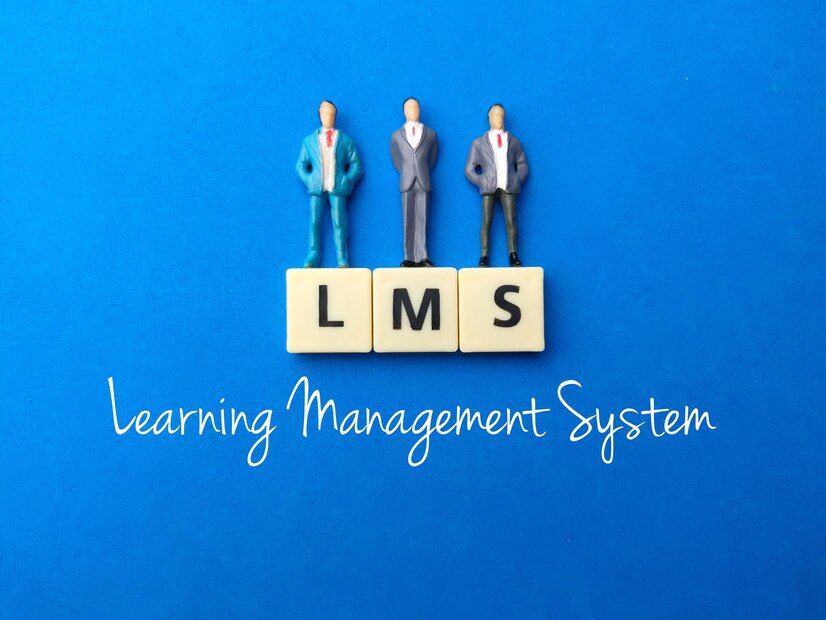
Given the fast-paced nature of the world and the ever-competitive job market, staying ahead of the game is crucial. Employees are continually encouraged to improve their skills and obtain certifications to progress in their careers. Not only that, prospective job seekers also need to constantly enhance their profiles. Consequently, companies and individuals are increasingly relying on Learning Management Systems (LMS) to manage certification programs effectively. This article will explore how businesses can optimize their LMS platforms for certification programs, ensuring success in skill enhancement initiatives.
1. Smoothly Integrate Certification Paths
Business certification programs necessitate integration into a company’s existing LMS. By integrating certification paths within the LMS, employees can readily access the resources needed to pursue their desired certifications. LMS certifications are great additions to an employee’s already robust skillset.
This integration should enable learners to navigate through modules and materials relevant to their chosen certification path. Organizations should invest efforts in structuring these paths so that learners can advance smoothly without feeling overwhelmed by complexity.
2. Develop Captivating Content
Captivating content plays a major role in optimizing your LMS for certification programs. Traditional e-learning modules often feature sections of text that may become tedious and challenging to absorb.
Consider incorporating multimedia elements like videos, interactive quizzes, and real-world scenarios to boost learner engagement. This interactive approach not only keeps learners engaged but also helps them retain information better.
3. Incorporate Elements of Gamification
Integrating gamification aspects into your Learning Management System (LMS) fosters competition among learners, boosting their motivation levels and encouraging participation in the certification program.
Including features like leaderboards or badges to acknowledge learner accomplishments instills a sense of achievement and inspires individuals to progress on their certification journey. Providing rewards or incentives for reaching milestones also adds an element of excitement and motivation.
4. Provide Flexibility
Ensuring flexibility in learning is a key aspect of designing an optimized LMS for certification programs to accommodate different learning styles and work schedules. Offering options for employees to learn at their own pace on any device and from any location significantly improves accessibility.
Approaching LMS optimization from an accessibility standpoint allows learners to access training materials while on the move. Moreover, providing both time based (synchronous) and self-paced (asynchronous) learning opportunities enables individuals to select the mode that suits them best.
5. Incorporate Progress Monitoring
Creating an optimized LMS for certification programs should include progress monitoring features. This functionality enables learners to track their progress and motivates them to remain engaged throughout the program.
By tracking completed modules, quizzes, and assessments, students can keep an eye on their progress toward earning certifications. Visual aids like progress bars or charts offer real-time updates on their status, helping them gauge how close they are to achieving their goals and encouraging learning.
6. Provide Dynamic Feedback
Offering clear and valuable feedback is crucial for the growth of learners in a certification program. A well-designed Learning Management System (LMS) should provide tools for trainers or mentors to give feedback in time or asynchronously. Timely feedback on performance assessments or accomplishments helps learners pinpoint areas for improvement throughout the certification process. This personalized guidance significantly boosts the effectiveness and overall value of the certification program.
7. Foster Community Engagement
Enhancing community engagement is another aspect of optimizing an LMS for certification programs that shouldn’t be overlooked. Incorporating social learning features allows learners to connect with peers working towards certifications within and possibly outside their organizations. Forums and discussion boards provide platforms for employees to collaborate not with colleagues but with subject matter experts who can offer valuable insights or answer queries. These opportunities for interaction cultivate a sense of community that nurtures learners as they progress through their certification journey.
Closing Thoughts
Customizing your Learning Management System for certification programs plays a significant role in ensuring the success of your efforts to enhance employee skills.
By incorporating certification paths into your LMS system, developing content enriched with multimedia components, using gamification strategies, providing flexibility in learning styles, integrating progress monitoring tools, offering interactive feedback, and encouraging community involvement, companies can enable their staff to reach their certification objectives efficiently. Adhering to these suggestions will facilitate an optimized approach for LMS platforms focusing on certification programs, establishing a learning setting for enhancing employees’ skills.





